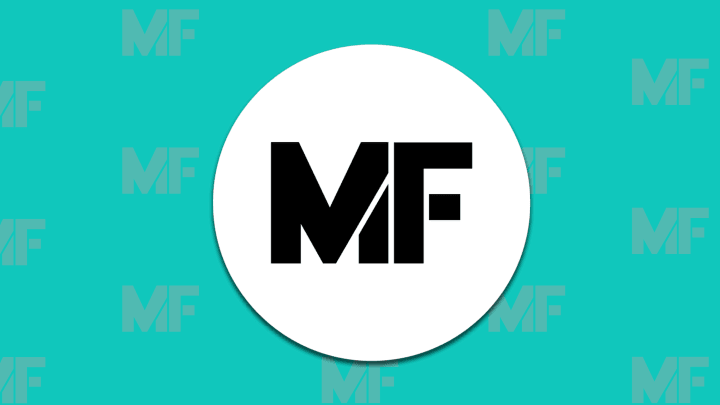Sure, maps can tell us how to get where we’re going and where we are now, and that’s great. But maps can also be much more than highways and intersections—they can surprise and intrigue, anger and educate. Maps can show not only the ins and outs of a place, but of their people as well. And if you think you completely know a city, you might be looking at the wrong map. Here are a few maps that might make you look at Chicago a little differently.
1. The Daily Chicago Chocolate Smell Map

Sometimes, the Windy City’s wind smells like chocolate. This is thanks to the Blommer Chocolate factory—which has been operating in downtown Chicago since 1939—blessing the air with a glorious smell that’s somewhere between hot cocoa and slightly burnt brownies. With the Daily Chicago Chocolate Smell map, you can get day-to-day updates on the spread of the aroma based on the surrounding weather patterns and Smell Reports from committed citizens.
2. An Interactive Before-and-After

About 143 Octobers ago, the Great Chicago Fire ended its two-day siege on the city, leaving in its wake at least 300 dead, 100,000 homeless, and several million dollars worth of property destroyed. All in all, the fire leveled about 3.3 square miles of Chicago, leaving an unforgettable mark on the city both in the resilience of its citizens and the planning and reorganizing of the new metropolis that would spring from the ashes. To truly understand how the Great Fire—and subsequent rebuilding—shaped the Chicago we know today, one only has to look at this cool interactive map, courtesy of the Smithsonian.
3. A Cautionary, Cartoonish Gangland Map

“A Map of Chicago's gangland from authentic sources: designed to inculcate the most important principles of piety and virtue in young persons, and graphically portray the evils and sin of large cities, 1931.” Though ostensibly a stern lesson to keep kids out of dangerous ‘hoods in mobster-era Chicago, this restored 1930’s map gives a hilariously detailed look at the gangland, including such tidbits as “Death Corner,” just off the North Branch of the Chicago river and situated, ominously, between Little Italy, Little Sicily, and famed Irish boss Dion O’Banion’s “district.” Other points of interest: On the South Side, a little cartoon citadel of the University of Chicago near the lake, where a top-hatted man exclaims “My my, this won’t do—the water’s wet!” just northeast of a “Filling Station (Not Gas).”
4. The Pothole Time-Lapse

Winters in the Windy City are harsh, and every year its streets take a beating, leaving Chicago with a rash of potholes that the city can barely keep up with. To illustrate the sheer scope of Chicago’s pothole problem, a user on the data-mapping site Cartodb created this time-lapse of all of Chicago’s reported potholes (the yellow dots) over the past year. It may seem mundane, but when you see the way the city essentially becomes one giant pothole in February, you’ll understand the true toll of a Chicago winter.
5. Cubsland and Soxland

Chicago’s baseball culture is a fascinating one, wherein the many legends, scandals, and marketing disasters between the city’s two professional teams might just outnumber winning seasons. But in order to delve into the vast mythology surrounding Chicago baseball, you must first get a grasp on the Midwest’s quintessential crosstown rivalry, that of the north side Cubs and south side White Sox. Though they compete in two different leagues, the fans are fierce and teams divisive. So if you’re worried you might be in enemy territory, this map will be useful. It roughly outlines the reign of each team’s fan base: White Sox supporters are typically born and bred within the city limits, heavily on the southern side, while Cubs fans generally reside in the northern suburbs and surrounding Illinois and Indiana. If you zoom out, you can also get a look at the fan territories for teams across the country.
6. Neighborhood Name-calling

It’s often said that Chicago is a city of neighborhoods—over 200 of them, all with a unique flavor, feel, and personality. Often, these quirks turn into stereotypes which are then hurled between neighborhoods like bickering siblings. That’s exactly what’s illustrated in this playful map by Justin Kaufman for Time Out Chicago: Uptown says to college bar-heavy Lakeview “Go back to Purdue”; Albany Park calls the gentrified Lincoln Square “Sellouts,” while Lincoln Square shoots back, “You’re just jealous.” The suburbs, in keeping with the family dynamic, are completely ignored.
